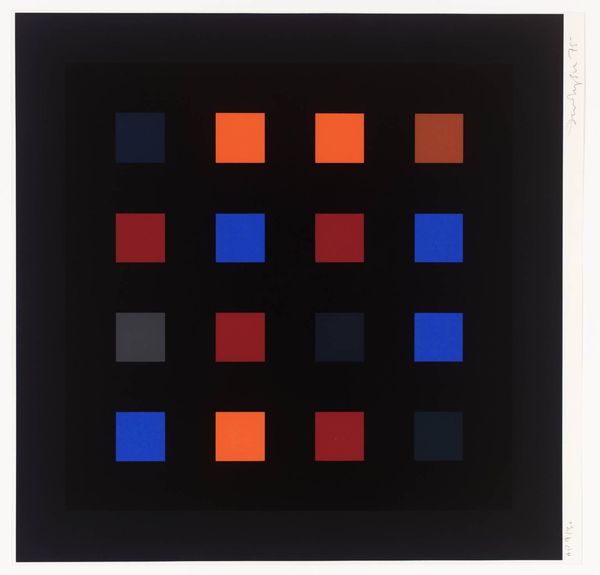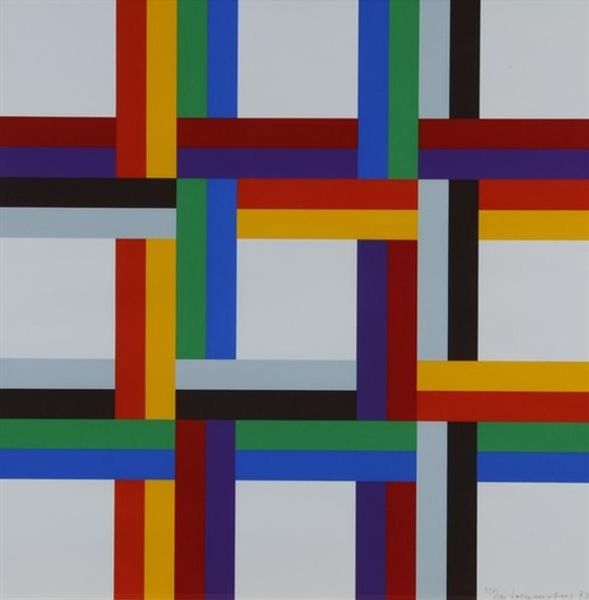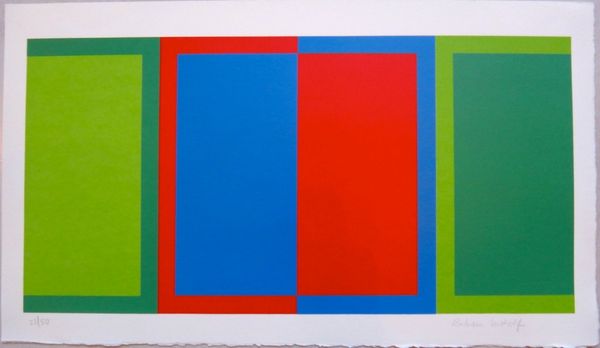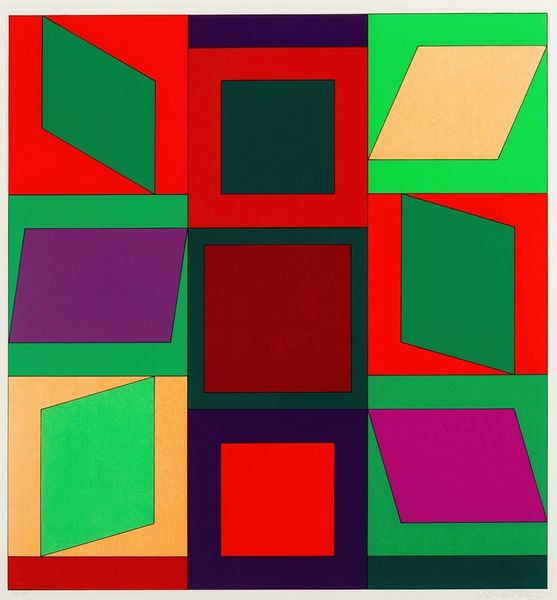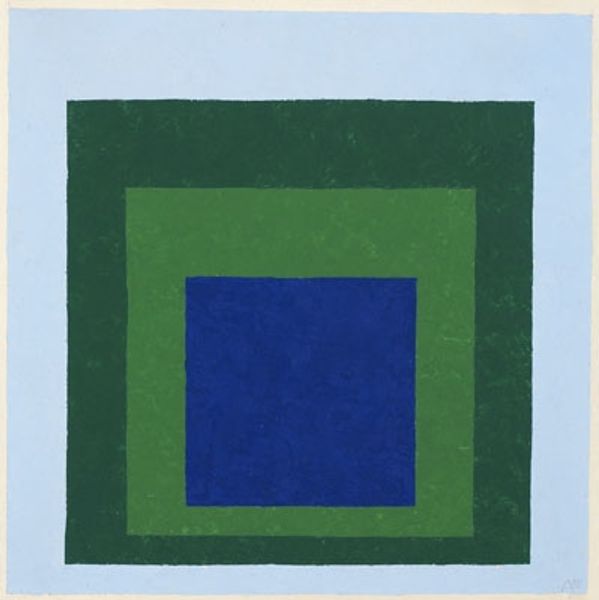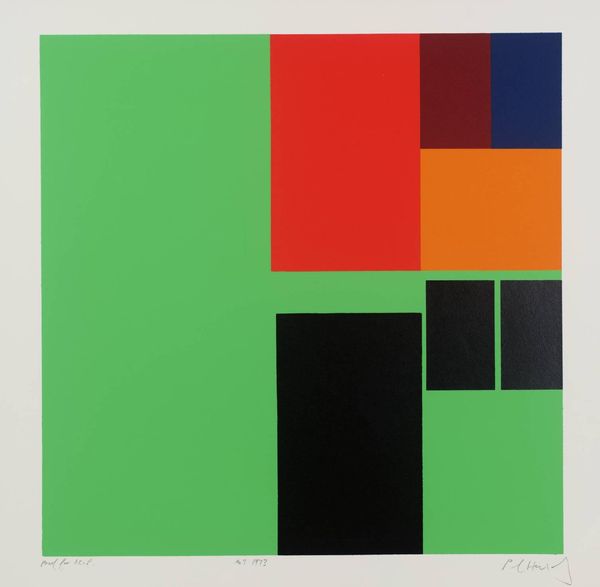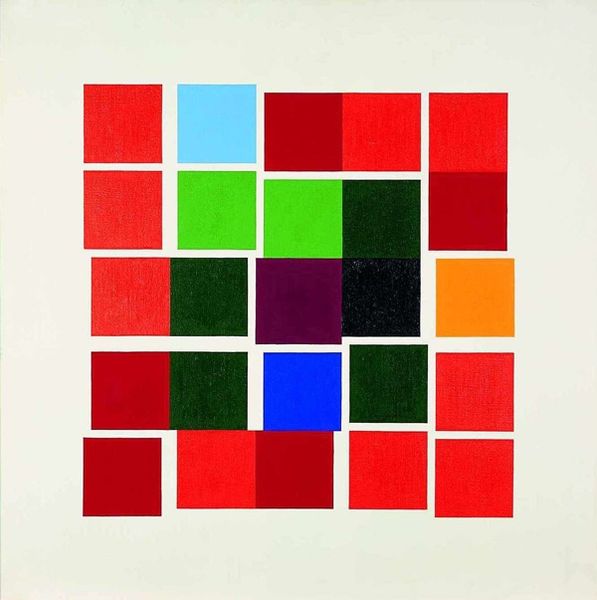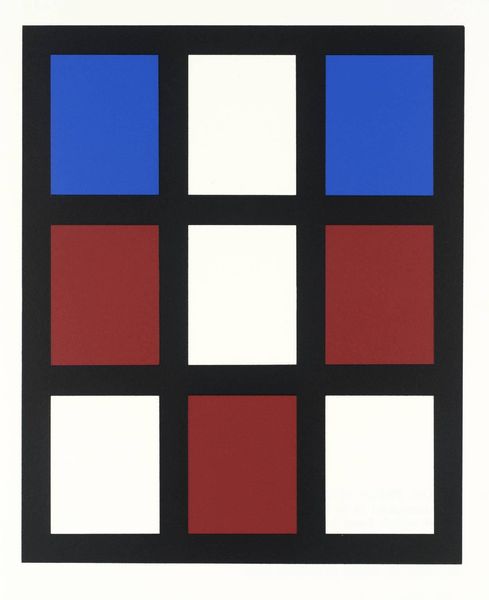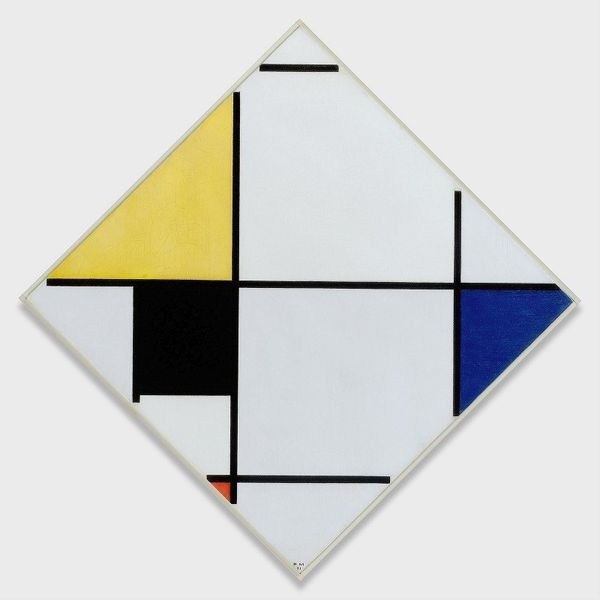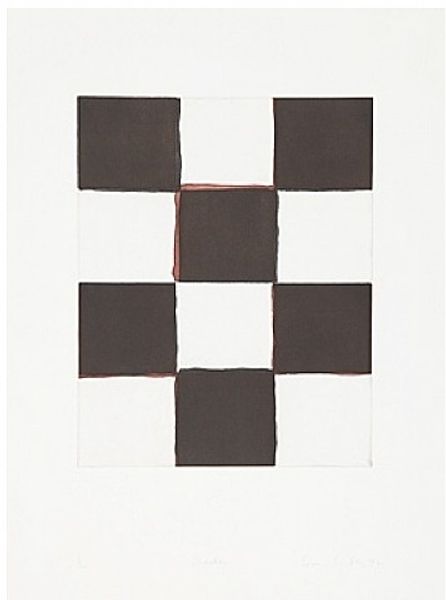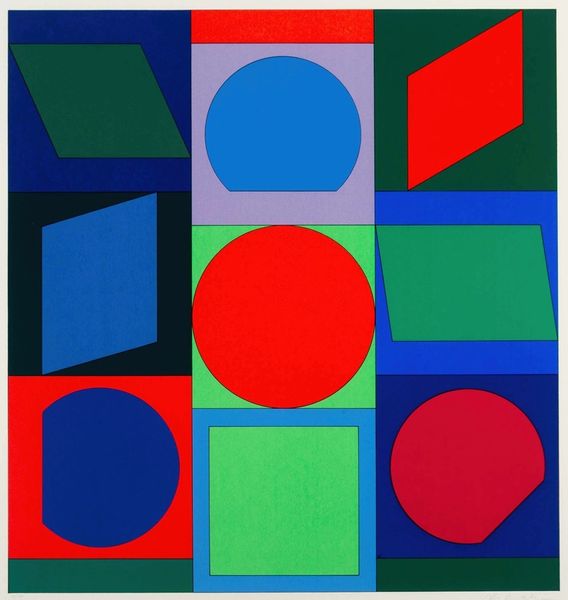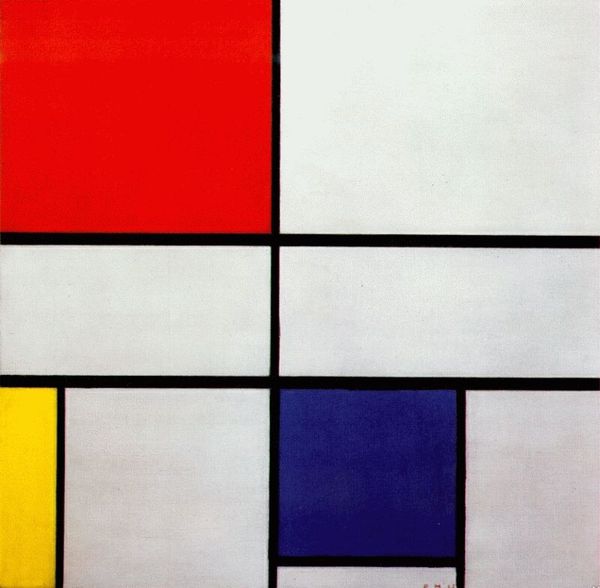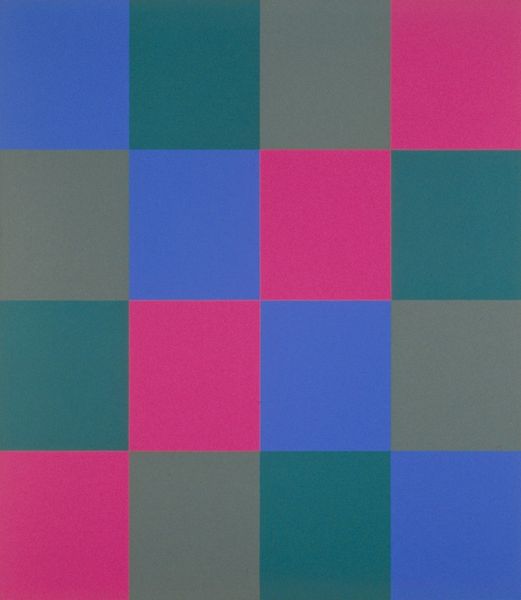
acrylic-paint
#
minimalism
#
acrylic-paint
#
rectangle
#
geometric
#
geometric-abstraction
#
abstraction
#
line
#
hard-edge-painting
Copyright: Heimo Zobernig,Fair Use
Curator: This acrylic on canvas piece, titled "Untitled," was created in 2002 by Heimo Zobernig. The work's dimensions add to the starkness of the minimalism displayed. Editor: My initial reaction is that it looks incomplete, almost like someone started painting a Mondrian and then… stopped halfway through. What's compelling, though, is its seeming casualness, the unprimed, exposed edges giving it a raw kind of feel. Curator: The raw quality you’re sensing ties in with Zobernig’s career-long examination of painting as an act of production. His focus shifts from the aura of the masterpiece to a sort of engagement with materials and processes. The geometric grid overlaid onto that raw materiality introduces layers of concept, too. It points towards artistic systems and ways we process those conventions, too. Editor: Interesting, so he's deconstructing the whole art-making system. I can see that; the colours—red, green, blue—they seem so…primary school. Almost as though, this is my "materials and process" experiment. Do we make art with ideas? Colors? Lines? He isn't even trying to cover that. And you said materiality? Look at the torn paper in the corner. Curator: Precisely. Zobernig questions the cult of artistic personality, highlighting labor, consumption, and material realities of art-making, the everyday processes often rendered invisible by discussions of "genius" or originality. The unrefined paint application becomes intentional. Editor: Okay, it's beginning to make sense. There's something strangely playful here. Maybe it's because there is the tic-tac-toe grid—unresolved! Or perhaps it is just my perception, being aware of that intentional imperfection. I thought it was a work-in-progress when I first saw it, and I suppose in a way, that idea sticks. I wonder where it will end up one day, or will someone find value in it along this plane. Curator: I think that intentional questioning—its accessibility—is exactly where it succeeds. The art historical traditions surrounding abstract and geometric art are often laden with theory. Here, Zobernig presents these concepts as tangible, questioning realities, which opens a more democratic engagement, even in its presentational crudity. Editor: Absolutely. Thanks for expanding on that. It's nice to know that I wasn't far off to start, but, much like the piece itself, there's always more than meets the eye.
Comments
No comments
Be the first to comment and join the conversation on the ultimate creative platform.
